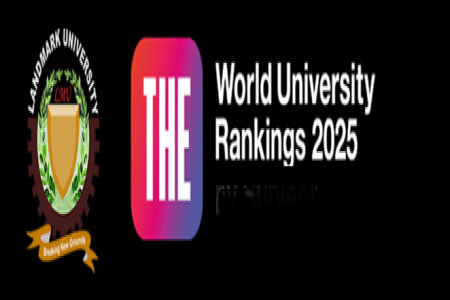
Story of the week
TITLE OF PUBLICATION:COPPER SCAVENGING EFFICIENCY OF ADSORBENTS PREPARED FROM RAPHIA HOOKERI FRUIT WASTE
JOURNAL: Sustainable Chemistry and Pharmacy
VOLUME: 12 ISSUE:
AUTHOR: Adejumoke Abosede Inyinbor, Folahan Amoo Adekola, Gabriel AdemolaOlatunji
What is it about?
Various contaminants is continuously being released into the environment due to the expensive nature of the existing conventional methods of wastewater treatment. In this work, we prepared two materials from agricultural waste and applied them for the removal of a toxic metal from aqueous media.
Why is it important?
This work is important based on the following:
 broken clouds 20.65oC
broken clouds 20.65oCGet the latest news and updates by signing up to our daily newsletter.

Story of the week